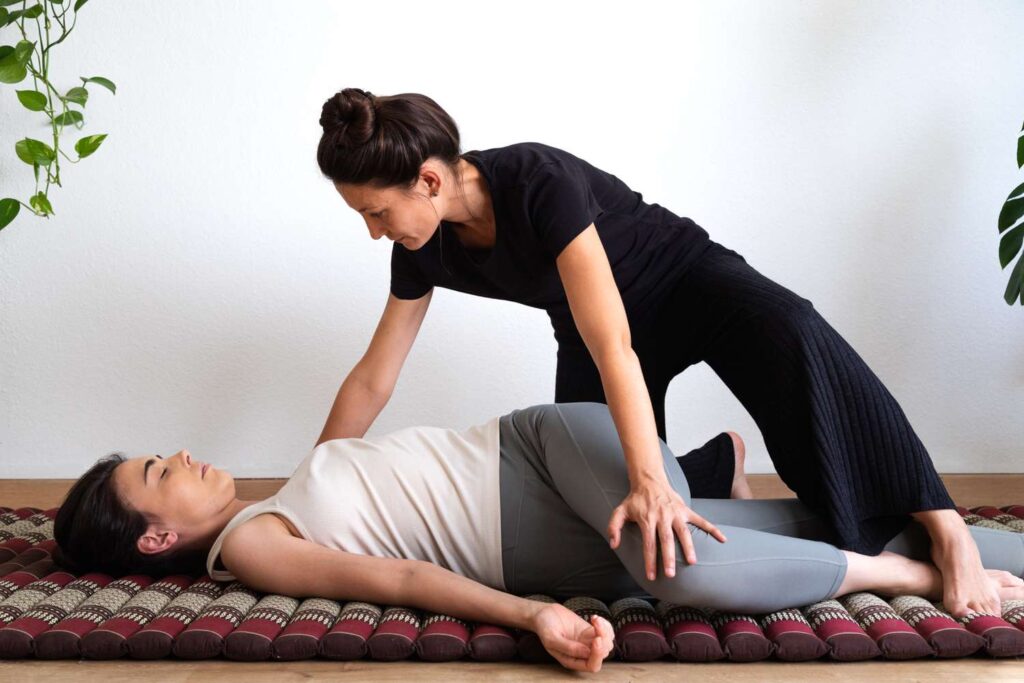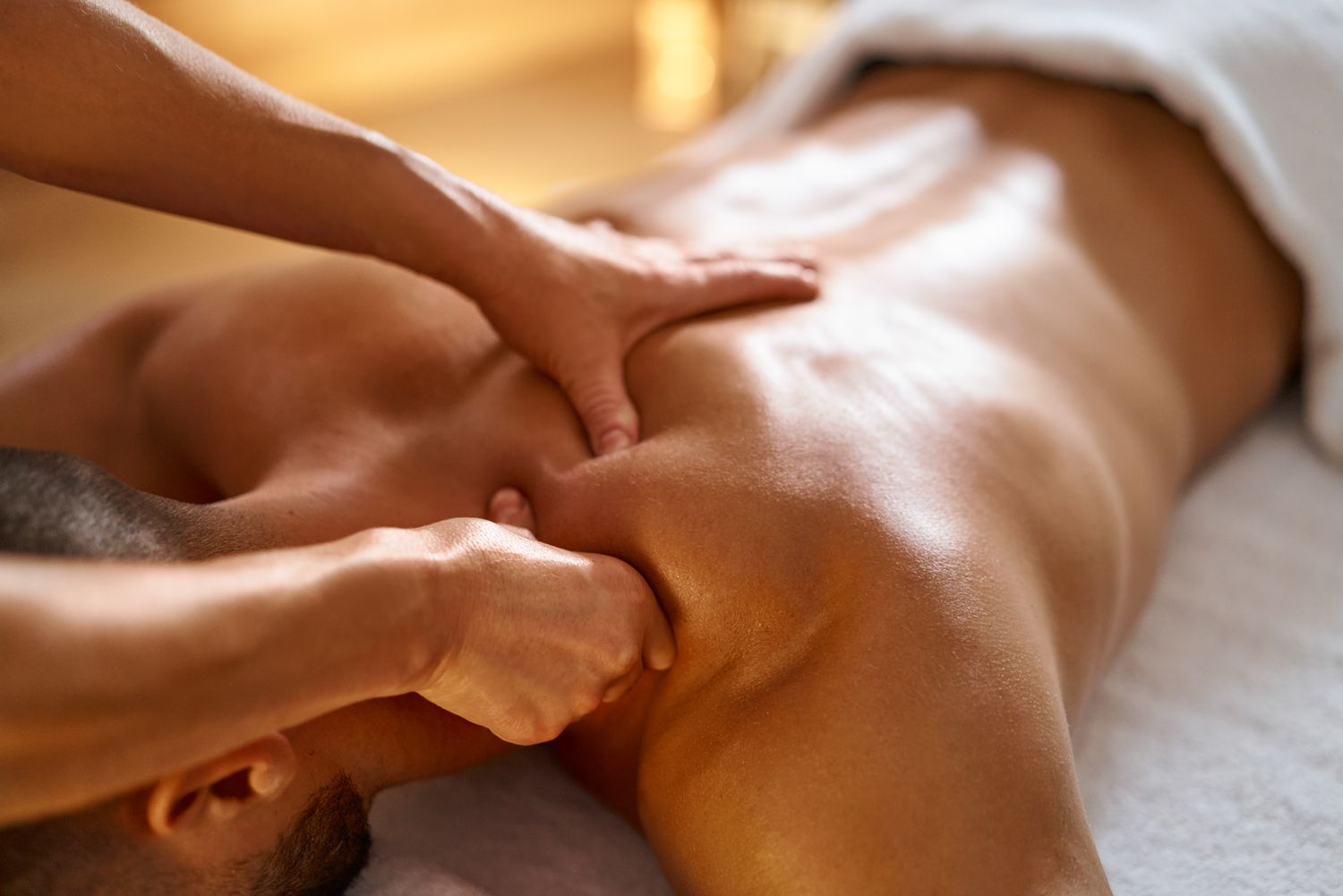Massage therapy has long been a central part of wellness practices in Malaysia, where various forms of massage are used to promote relaxation, alleviate stress, and maintain overall health. With its rich cultural heritage and influence from multiple ethnic groups, Malaysia offers a diverse array of massage styles that cater to different needs and preferences. From traditional Malay and Chinese massages to modern reflexology and aromatherapy, the country boasts a unique blend of techniques that reflect its multicultural society. Massages in Malaysia have become not only an essential component of physical well-being but also a way to foster mental clarity and emotional balance. Whether for tourists or locals, massage therapy has become an integral part of the Malaysian wellness culture.
The traditional Malay massage, known as Urut, is one of the most widely practiced forms of massage in Malaysia. It has deep roots in the local culture and has been passed down through generations as a method for relieving muscle pain, improving circulation, and restoring energy. Urut involves applying deep pressure to specific areas of the body, focusing on the muscles and joints to release tension and promote healing. Herbal oils are often used to enhance the massage’s therapeutic effects, with each oil blend offering different benefits. This massage technique is frequently used by individuals suffering from chronic pain, muscle tightness, or even after childbirth, making it a versatile and highly regarded method in Malaysia’s wellness offerings. As a practice that also incorporates spiritual elements, Urut helps practitioners reconnect with themselves while addressing physical ailments.
In addition to Malay massage, Thai massage is another popular therapy that has gained international recognition for its holistic approach. Thai massage is a unique blend of acupressure, stretching, and deep tissue work. In Malaysia, many wellness centers offer this ancient practice, which aims to balance the body’s energy lines, known as Sen lines, through a series of firm, rhythmic pressures and yoga-like stretches. Unlike traditional massages, Thai massage is performed on the floor with the recipient fully clothed, as the practitioner uses their hands, elbows, knees, and feet to apply pressure. Thai massage has a reputation for enhancing flexibility, improving circulation, and relieving muscle tension, which has made it a favorite for individuals seeking a more energizing form of therapy. The widespread popularity of Thai massage in Malaysia showcases how cultural influences have shaped the massage landscape in the country.
Chinese massage therapies, such as Tui Na, also hold significant value in Malaysia. Rooted in Traditional Chinese Medicine (TCM), Tui Na focuses on the concept of energy flow throughout the body and aims to restore balance through targeted pressure techniques. This massage is often used to address specific health concerns such as digestive issues, muscle stiffness, and headaches. Practitioners apply varying pressure to the body’s acupressure points, using techniques that range from kneading to rolling. Tui Na is believed to stimulate the flow of Qi (energy) and promote self-healing. In Malaysia, Tui Na is often paired with other TCM treatments like acupuncture or cupping therapy, offering a comprehensive approach to holistic health. The effectiveness of Tui Na in treating specific ailments has made it a popular choice for those seeking targeted relief and a deeper understanding of the body’s energy balance.

As Malaysia embraces modern wellness trends, the country has seen a rise in services such as reflexology and aromatherapy massage. Reflexology, a technique that focuses on applying pressure to specific points on the feet, hands, and ears, is believed to stimulate the body’s natural healing processes. In Malaysia, reflexology is commonly used to relieve stress, improve circulation, and promote general well-being. Many spas in the country incorporate reflexology as a stand-alone treatment or as part of a larger wellness package. Aromatherapy massage, on the other hand, combines the therapeutic benefits of b2b cherasmassage with essential oils derived from plants. These oils are believed to have specific healing properties, such as stress reduction, mood enhancement, or pain relief. The soothing combination of massage and aromatherapy creates a calming experience that promotes relaxation and rejuvenation.
The massage industry in Malaysia is not just a local phenomenon but also a key component of the country’s tourism sector. Malaysia has become a destination for wellness tourism, attracting visitors who seek authentic, therapeutic experiences that tap into the country’s cultural heritage. With its diverse range of massage styles and luxurious spa offerings, Malaysia draws tourists from all over the world looking to experience the healing power of traditional and modern therapies. Cities like Kuala Lumpur, Penang, and Langkawi have a wealth of wellness centers and luxury resorts that offer a variety of massage treatments. These facilities often combine traditional massage practices with modern spa services, providing visitors with a comprehensive wellness experience that incorporates relaxation, healing, and self-care. As wellness tourism continues to grow, Malaysia is positioning itself as a leading destination for those looking to improve their health and well-being through massage therapy.
Massages in Malaysia offer a rich and diverse experience, blending traditional healing methods with modern wellness practices. Whether through the calming strokes of the Malay Urut, the invigorating techniques of Thai massage, or the targeted pressure of Tui Na and reflexology, Malaysia offers a wide variety of options for those seeking relief and relaxation. The combination of cultural diversity and modern wellness trends has created a thriving massage industry that caters to both locals and international visitors alike. As the country continues to embrace its cultural heritage while welcoming global wellness trends, massage therapy in Malaysia remains a vital part of the nation’s health and wellness culture, offering therapeutic benefits that transcend both physical and emotional boundaries.
